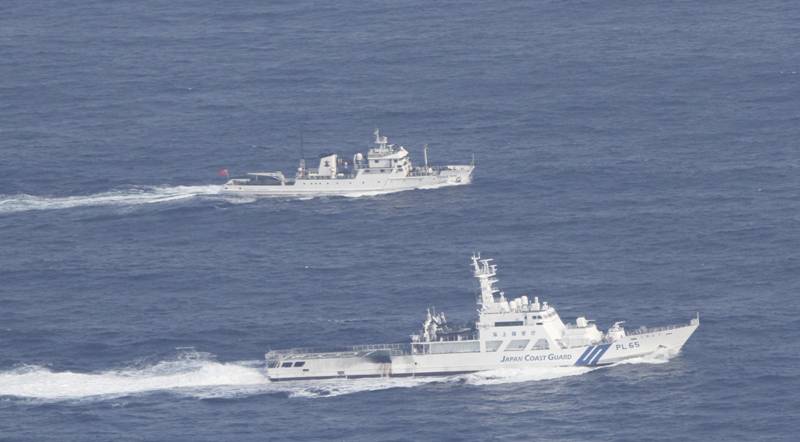Some 57 hours and 39 minutes: That was the amount of time that two Chinese Coast Guard vessels spent in Japan's territorial waters around the Senkaku Islands earlier this week. The vessels entered to engage a Japanese fishing boat and remained after the Japanese Coast Guard attempted to intervene. It is the longest stretch of time that Chinese Coast Guard vessels have stayed in the territorial waters around the Senkakus, sparking protest from Tokyo.
While this may seem like a minor event in the grand scheme of international conflict, the incident represents two critical things: The first is advancement towards the next step in China's Senkaku Islands strategy and the second is a test of the newly-minted Yoshihide Suga administration.
In a Japan Times article published nearly a year and a half ago, I described China’s years-long strategic ambition for the Senkaku Islands. Simply put, the Chinese goal is to establish a situation of de facto co-administration of the Senkakus as a stepping stone to vying for sole administration at some point in the future. To accomplish this, China does not need to exercise military power to gain control of the islands it calls Diaoyu, it simply needs to establish a condition where the international community gets so used to a Chinese presence that it is no longer seen as a challenge to the status quo.

















With your current subscription plan you can comment on stories. However, before writing your first comment, please create a display name in the Profile section of your subscriber account page.